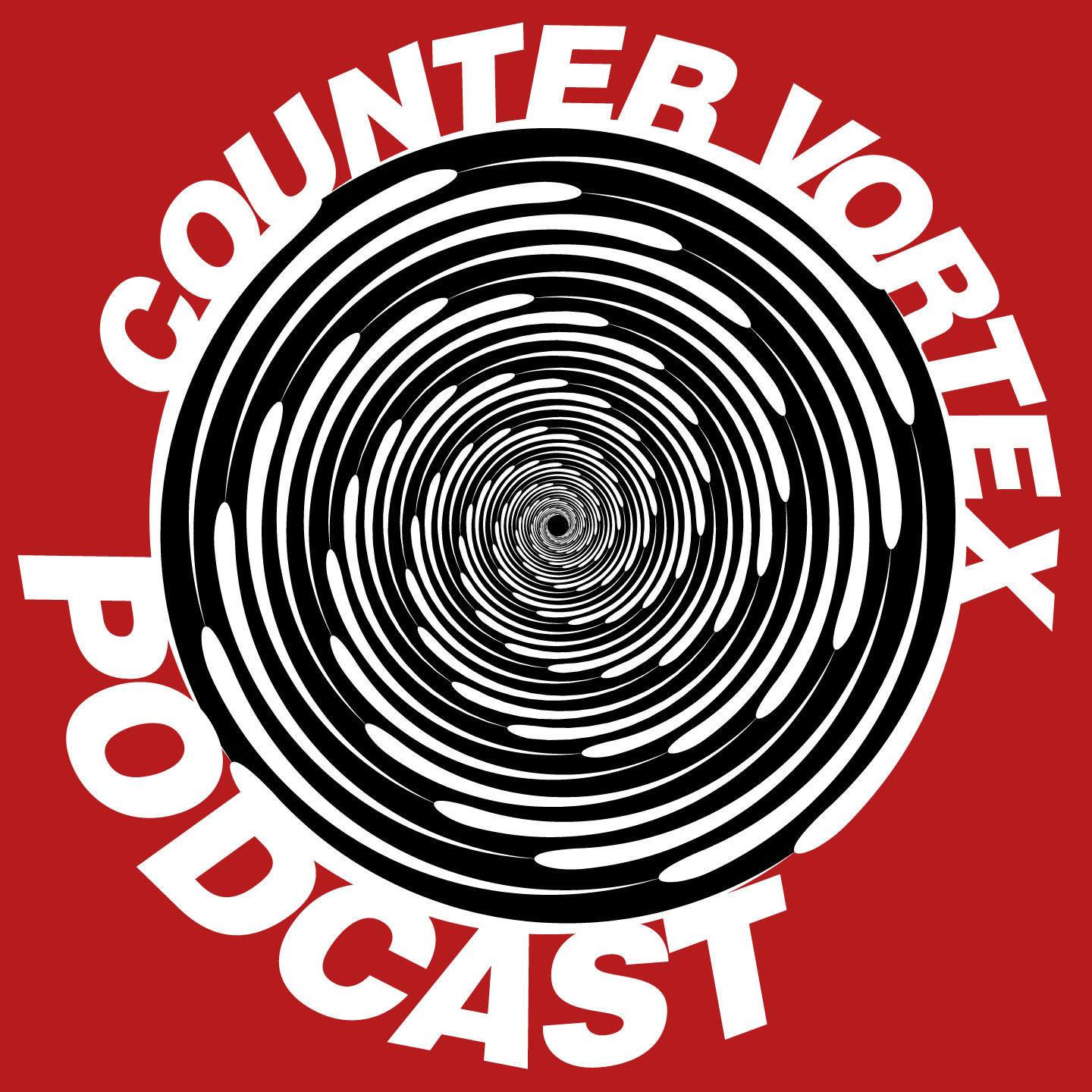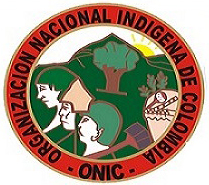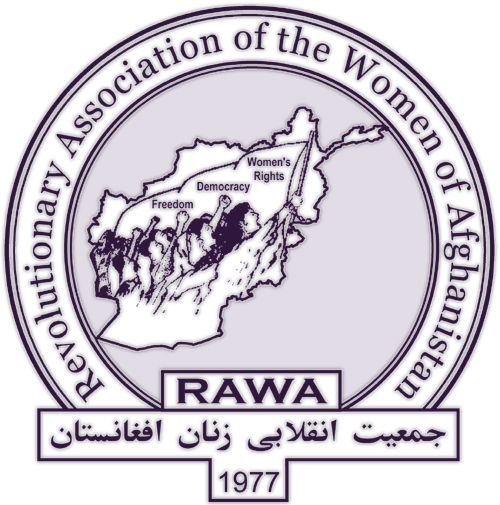narco wars
HRW documents mass displacement in Colombia
Years of violence have driven more than 5 million Colombians from their homes, generating the second largest population of internally displaced people in the world. Nowhere in Colombia is the problem of forced displacement worse today than in Buenaventura, a largely Afro-Colombian port on the country's Pacific coast. For each of the past three years, Buenaventura has led all Colombian municipalities in the numbers of newly displaced persons, according to government figures. In 2013, more than 13,000 Buenaventura residents fled their homes. Left-wing guerrillas operate in Buenaventura's rural areas and have historically been a major cause of displacement in the area. Currently, however, the violence and displacement in Buenaventura is concentrated in its urban center, where guerrillas have virtually no presence, and 90 percent of the municipality's population lives. Human Rights Watch visited Buenaventura’s urban center in November 2013 to investigate what was causing massive displacement there, and found a city where entire neighborhoods were dominated by powerful paramilitary "successor groups"—known as the Urabeños and the Empresa—who restrict residents' movements, recruit their children, extort their businesses, and routinely engage in horrific acts of violence against anyone who defies their will.
Nicaragua: electoral violence on Caribbean coast?
Five people were killed under contested circumstances March 2 during elections in Nicaragua's two Caribbean autonomous regions. The incident occurred shortly before polling stations opened in Tortuguero, in the South Atlantic Autonomous Region (RAAS). The Constitutionalist Liberal Party said the victims—all PLC adherents—were abducted from their homes and killed by unidentified assailants. Some were shot, others hacked with machetes, and at least one tortured before being killed, according to the PLC. Roberto Rivas, president of Nicaragua's Supreme Electoral Council, pointed to leaders of the Yatama (Mother Earth) indigenous party and local radio stations, accusing them of "calls for violence and disorder." When the National Police weighed in on the attacks, they said the victims were all members of a single family who were targeted by a criminal gang known as "Walpapina"—with no political motive mentioned. Nicaragua's ruling Sandinista National Liberation Front (FSLN) appears to have won a majority of seats on the regional councils of the RAAS and RAAN, followed by Yatama and the PLC. (AFP, TeleSur, March 3; La Prensa, Notimex, March 2)
Mexico: mass graves unearthed in Coahuila
Authorities in the northeastern Mexican state of Coahuila announced Feb. 7 that they had recovered at least 500 sets of human remains from mass graves scattered across 11 municipalities—mostly in the north of the state, along the Texas border. Most of the remains were bones, which had largely survived apparent attempts at incineration. Several vats used to dissolve the remains in acid were also found in the graves. No group has been named as responsible for the killings, but Coahuila is a battle-ground in the ongoing war between the Zetas and their rivals in the Gulf and Sinaloa cartels. The Mexican media are calling the finds "narco-graves." The state Prosecutor General's office says it will take at least four months to ascertain the number of victims among the remains, much less identify them. (Latin Times, Feb. 10; Siglo de Torreón, Feb. 8; Pulso, SLP, Feb. 7)
Mexican feds: 'Got Shorty!' El Chapo busted —at last
Mexican authorities on Feb. 22 announced the arrest of the country's top drug lord, the notorious Joaquin Guzmán Loera AKA "El Chapo" (Shorty)—who had eluded capture for over 10 years, despite a supposed manhunt and a massive price on his head. Chapo was detained in Mazatlán, Sinaloa, and immediately transfered by Federal Police helicopter accompanied by an escort of two Armed Forces helicopters to the top-security Federal Center for Social Rehabilitation No. 1 at Altiplano, México state. The prison has since been under escalated security measures, ringed by armed troops, with nearby highways patrolled by convoys of Federal Police vehicles. (La Jornada, Feb. 22)
Peru escalates cannabis crackdown
Peru's National Police on Feb. 4 announced the discovery of over 100,000 cannabis plants at the high Andean community of Minasel, 4,000 meters above sea level, on the border of Áncash and Huánuco regions. The plants were burned in the fields, police said, while the growers escaped into the mountains. (RPP, Feb. 4) On Jan. 15, elite troops of the Special Anti-drug Operation Division eradicated 65,000 plants of moño rojo (red bud) at the remote mountain village of San Martín de Porres, Chinchao district, Huánuco. (Peru21, Jan. 15)
Mexico busts Jalisco cartel kingpin
Mexican security forces announced Jan. 30 the arrest of a top leader of the New Generation drug cartel, based in the western state of Jalisco. Rubén Oseguera González AKA "El Menchito" is said to be second-in-command in the criminal organization led by his father, Nemesio Oseguera Cervantes AKA "El Mencho," and is also known as "El Junior." He was arrested in a major operation that involved dozens of army troops in Zapopan, a city in the Guadalajara metropolitan area. There remains a 2 million peso ($150,000) price on the head of El Menchu, and media accounts said he narrowly escaped capture last year. The New Generation group is said to be allied with the Sinaloa Cartel, Mexico's most powerful trafficking organization.
Salvador terror: gang warfare or new death-squads?
El Salvador's Feb. 2 presidential election was overshadowed by a dramatic spike in the country's homicide rate—less than a year after a truce between warring criminal gangs had led many Salvadorans to hope that their country was back from the brink. Most alarming was the December discovery of 44 bodies in 14 mass graves in a wooded area of Villa Lourdes barrio in Colón, a suburb of the capital San Salvador and a notorious gang stronghold. Many of the bullet-ridden bodies were mutilated and half-naked. Authorities accuse the Barrio 18 gang of depositing their victims in the clandestine graves. A March 2012 truce between Barrio 18 and its deadly rivals, Mara Salvatrucha (MS-13), was credited with slashing El Salvador’s homicides from more than 4,000 in 2011 to just 2,500 over the past two years. For at least 15 months after the truce, the number of killings per day averaged 5.5, up from 14 before. But January 2014 saw a daily average of 7.7. This made easy propaganda for the right-wing Nationalist Republican Alliance (ARENA) to bait the ruling left-wing Farabundo Marti National Liberation Front (FMLN) as soft on crime.
Mexico: paramilitarization of 'community police'?
Mexico's federal government signed an accord with Michoacán's "community police" network Jan. 27, calling for the self-defense militias to be incorporated into the official security forces. The pact was signed by Alfredo Castillo, the government's special pointman for pacification of Michoacán, and 30 leaders of the "community police" forces. The ceremony took place at the village of Tepalcatepec, one of those recently seized by the militias. The "community police" are to be absorbed into the Rural Defense Corps, a paramilitary network under the command of the National Defense Secretariat.















Recent Updates
10 hours 26 min ago
10 hours 51 min ago
18 hours 11 min ago
19 hours 53 min ago
1 day 11 hours ago
1 day 19 hours ago
3 days 12 hours ago
3 days 12 hours ago
3 days 17 hours ago
3 days 17 hours ago